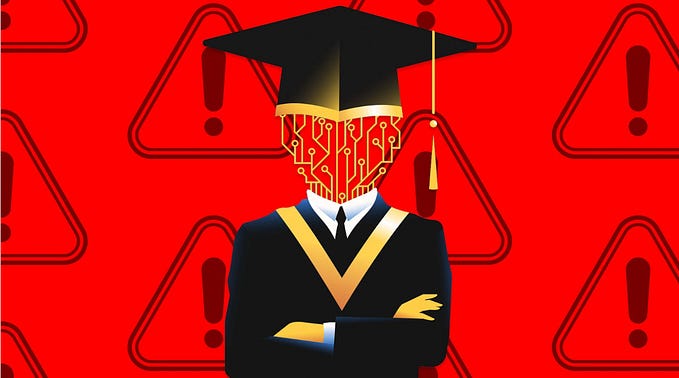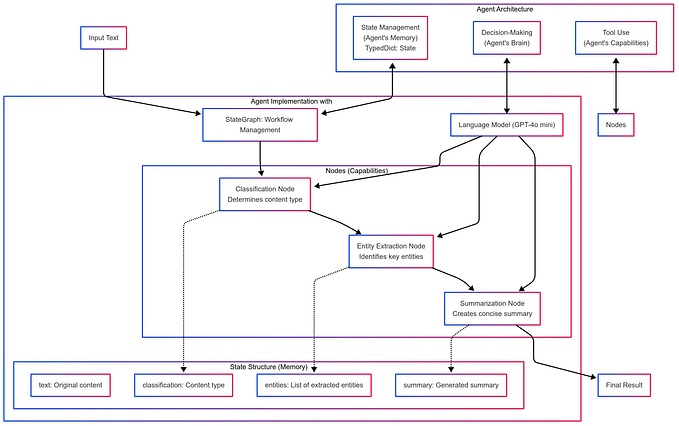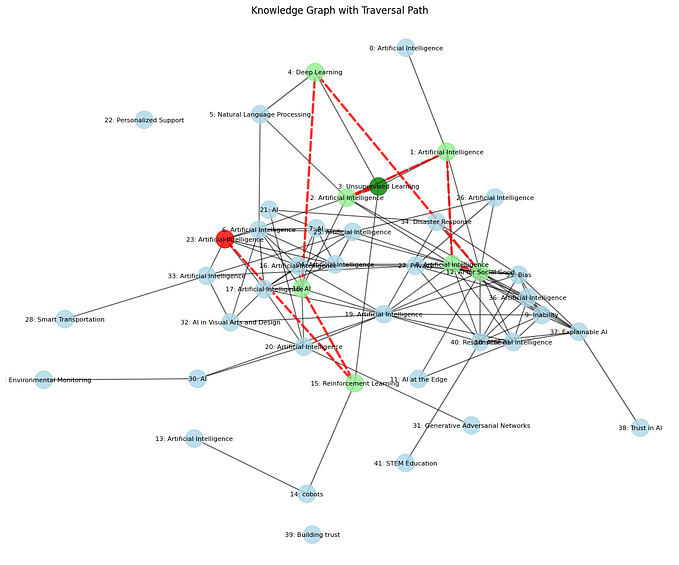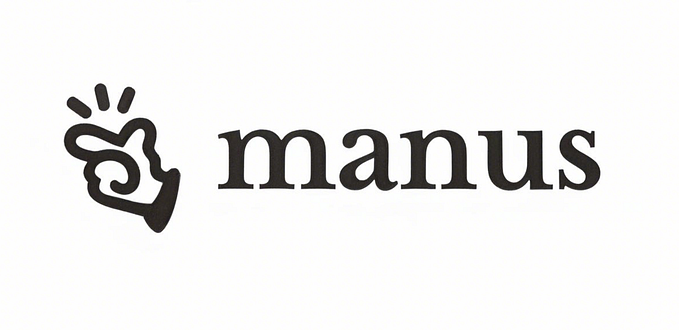How Can AI Help Spot Deepfakes

Introduction
Deepfakes, a portmanteau of “deep learning” and “fake,” refer to highly realistic and digitally manipulated media where someone’s likeness or voice is altered or replaced. With the advent of advanced technology, creating these convincing fabrications has become easier, leading to a surge in their prevalence. The growing concern around deepfakes lies in their potential to spread misinformation, defame individuals, and erode trust in digital media. Detecting deepfakes has thus become a critical task, and AI is at the forefront of this battle.
Understanding Deepfake Technology
How Deepfakes are Created
Deepfakes are generated using sophisticated techniques involving machine learning and artificial intelligence. Primarily, they leverage deep learning models, especially Generative Adversarial Networks (GANs), to create realistic audio, video, and images. By training on extensive datasets of real media, these models learn to produce highly believable fake content.
Types of Deepfakes (Audio, Video, Image)
Deepfakes can be classified into three main categories:
- Audio Deepfakes: Manipulated speech that mimics a person’s voice.
- Video Deepfakes: Altered videos where faces are swapped or expressions are modified.
- Image Deepfakes: Fake images that often involve face swapping or morphing.
The Threats Posed by Deepfakes
The threats posed by deepfakes are multifaceted. They can:
- Spread Misinformation: Deepfakes can be used to create false news and propaganda.
- Damage Reputations: Individuals can be defamed through fabricated videos or images.
- Erode Trust: The credibility of digital media is undermined, making it harder to distinguish real from fake.
Role of AI in Detecting Deepfakes
Overview of AI and Machine Learning
Artificial Intelligence (AI) and Machine Learning (ML) are pivotal in the realm of deepfake detection. AI involves creating systems capable of performing tasks that typically require human intelligence. ML, a subset of AI, focuses on developing algorithms that enable computers to learn from and make predictions based on data.
Why AI is Essential for Deepfake Detection
Detecting deepfakes manually is a near-impossible task due to their sophistication and the volume of digital content generated daily. AI, with its ability to process vast amounts of data quickly and identify subtle inconsistencies, is crucial for effective deepfake detection.
Techniques Used by AI to Detect Deepfakes
Machine Learning Algorithms
ML algorithms analyze patterns in data to identify anomalies that may indicate a deepfake. These algorithms are trained on datasets containing both genuine and fake media, enabling them to distinguish between the two.
Neural Networks
Neural networks, particularly deep neural networks, are integral to deepfake detection. They consist of layers of interconnected nodes that process and analyze data, learning to recognize complex patterns that humans might miss.
Pattern Recognition
Pattern recognition involves identifying regularities and irregularities in data. AI models can detect subtle discrepancies in deepfakes, such as unnatural facial movements or inconsistencies in audio-visual synchronization.
Key AI Tools and Methods for Spotting Deepfakes
Convolutional Neural Networks (CNNs)
CNNs are a type of deep neural network designed to process structured grid data, such as images. They are highly effective in detecting deepfakes by analyzing visual patterns and features.
Recurrent Neural Networks (RNNs)
RNNs are specialized for processing sequential data, making them suitable for analyzing audio deepfakes. They can identify inconsistencies in speech patterns and intonation.
Generative Adversarial Networks (GANs)
While GANs are used to create deepfakes, they are also instrumental in detecting them. By training GANs to generate fake media, researchers can understand how to detect the artifacts they produce.
Transfer Learning
Transfer learning involves using a pre-trained model on a new task. This approach is useful in deepfake detection, as it allows models trained on large datasets to be fine-tuned for specific detection tasks, improving accuracy and efficiency.
Real-World Applications of AI in Deepfake Detection
Social Media Platforms
Social media platforms like Facebook and Twitter are hotbeds for the spread of deepfakes. AI tools are employed to scan and flag potential deepfakes, helping to prevent the spread of misinformation.
News and Media Outlets
News organizations utilize AI to verify the authenticity of content before publication. This helps maintain the integrity of information and prevents the dissemination of fake news.
Legal and Law Enforcement Agencies
AI aids law enforcement agencies in identifying deepfakes used in criminal activities, such as fraud or defamation. By analyzing suspect media, AI tools help gather evidence and ensure justice.
Challenges in Deepfake Detection
Rapid Advancements in Deepfake Technology
Deepfake technology evolves quickly, making it challenging for detection tools to keep pace. AI models must continuously be updated to counteract new techniques.
High Computational Requirements
Deepfake detection requires significant computational power. Training and deploying advanced AI models can be resource-intensive, limiting accessibility.
False Positives and Negatives
AI models are not infallible and can produce false positives (legitimate media flagged as fake) and false negatives (deepfakes not detected). Balancing sensitivity and specificity is a constant challenge.
Future of AI in Deepfake Detection
Emerging AI Technologies
Emerging technologies, such as quantum computing and advanced neural architectures, promise to enhance deepfake detection capabilities, making them faster and more accurate.
Collaborative Efforts in Research and Development
Collaboration among tech companies, academic institutions, and government agencies is crucial for advancing deepfake detection. Shared resources and knowledge accelerate progress.
Regulatory and Ethical Considerations
Developing regulatory frameworks and ethical guidelines ensures the responsible use of AI in deepfake detection, balancing security needs with individual rights.
Case Studies
High-Profile Deepfake Incidents
Examining notable deepfake incidents, such as deepfake videos of political figures, highlights the real-world impact and the importance of robust detection methods.
Successful AI Interventions
Success stories where AI tools effectively detected and mitigated deepfake threats underscore the potential of AI in this domain.
The Ethical Implications of Deepfake Detection
Privacy Concerns
Deepfake detection involves analyzing vast amounts of personal data, raising privacy concerns. Ensuring data protection and ethical use is paramount.
Potential for Misuse
Like any technology, deepfake detection tools can be misused. It is crucial to establish safeguards to prevent abuse and ensure they are used for legitimate purposes.
Balancing Security and Freedom
While detecting deepfakes is essential for security, it is also important to avoid infringing on freedom of expression. Striking this balance is a key ethical challenge.
How Individuals Can Protect Themselves
Recognizing Common Signs of Deepfakes
Educating oneself on common deepfake indicators, such as unnatural facial movements or inconsistent lighting, can help individuals spot potential fakes.
Tools and Resources for Verification
Several online tools and resources, such as reverse image search and deepfake detection software, are available to verify the authenticity of media.
Reporting Suspected Deepfakes
If you encounter a suspected deepfake, reporting it to relevant platforms or authorities helps mitigate the spread of false information.
AI and Public Awareness
Educational Campaigns
Educational campaigns can raise public awareness about deepfakes, promoting digital literacy and critical thinking.
Role of Media in Informing the Public
Media outlets play a crucial role in informing the public about deepfakes and the importance of verification, helping to build a more informed society.
Community Involvement
Community involvement in combating deepfakes, such as crowdsourcing verification efforts, can enhance detection and foster a collaborative defense against misinformation.
Conclusion
AI is an invaluable tool in the fight against deepfakes, offering sophisticated methods to detect and mitigate these digital deceptions. However, the battle is ongoing, and continued vigilance, technological advancement, and ethical considerations are essential. By leveraging AI and fostering public awareness, we can protect the integrity of digital media and uphold trust in the information we consume.
FAQs
What is a Deepfake?
A deepfake is a highly realistic, digitally manipulated media where someone’s likeness or voice is altered or replaced using AI technology.
How Can AI Detect Deepfakes?
AI detects deepfakes by analyzing patterns and inconsistencies in media using machine learning algorithms, neural networks, and pattern recognition techniques.
Are Deepfakes Always Harmful?
Not necessarily. While deepfakes can be used maliciously, they also have legitimate uses in entertainment and creative fields. However, their potential for harm necessitates robust detection measures.
What Can I Do if I Encounter a Deepfake?
If you encounter a deepfake, report it to the relevant platform or authority. Use verification tools and educate yourself on common signs of deepfakes to stay informed.
What is the Future of Deepfake Detection?
The future of deepfake detection lies in emerging AI technologies, collaborative research efforts, and the development of ethical guidelines to ensure responsible use.










